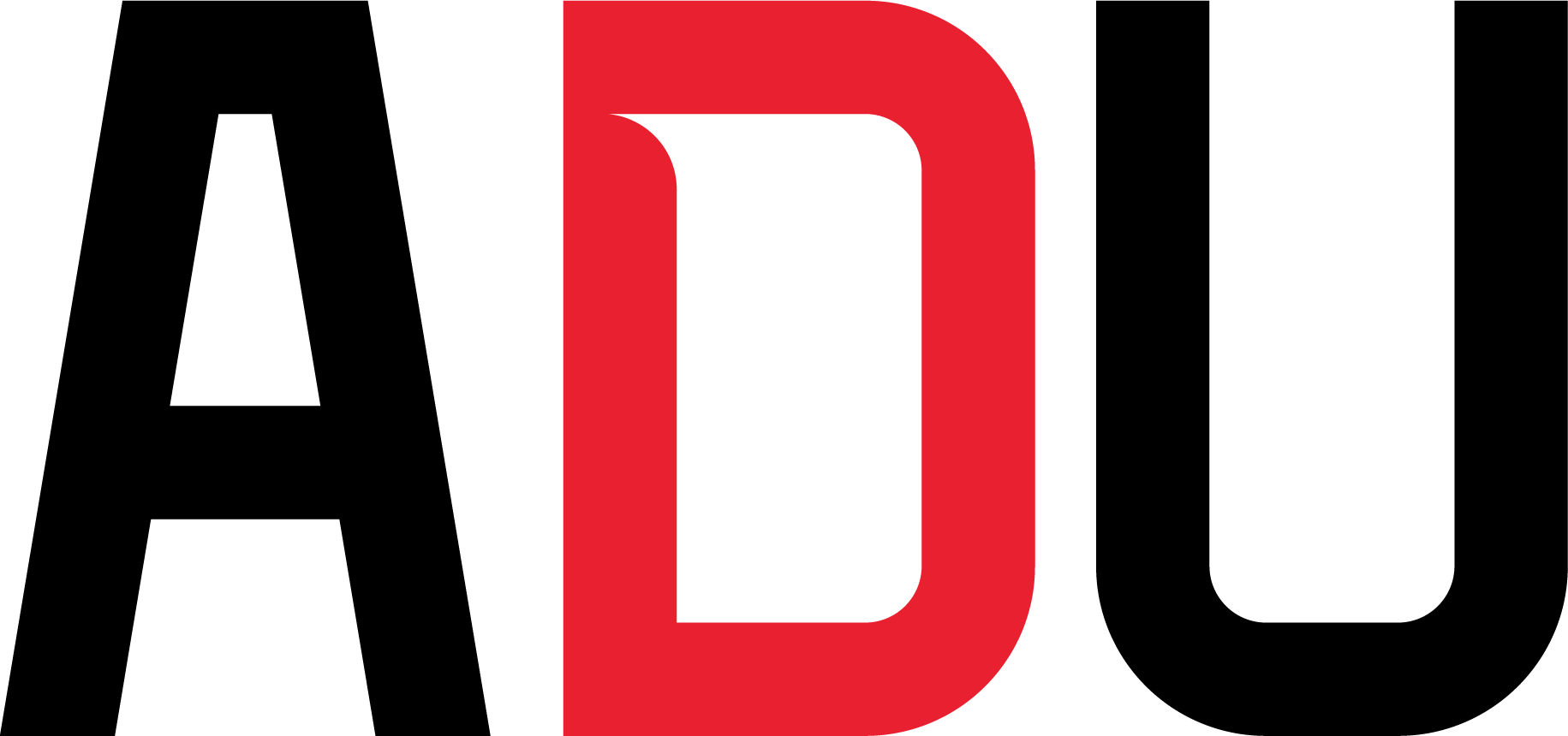As college sports barrels into its professional era, two key questions loom for every athletic department: who’s really making decisions—and how?
That’s the starting point for a compelling conversation recorded at the 2025 NACDA Convention, featuring Jake Rosenberg, former VP of Football Administration for the Philadelphia Eagles and now founder of The Athlete Group, and Adrian Wojnarowski, former ESPN analyst and now General Manager of St. Bonaventure Men’s Basketball. Together, they explore how front office principles from the professional ranks are being adapted—sometimes awkwardly, often urgently—within a rapidly professionalizing college sports landscape.
Both guests bring a bracing clarity to the conversation: college sports isn’t “evolving” into professional sports. It is professional sports—just without the process, structure, or discipline that pro leagues spent decades building.
“I’ve walked into programs where multimillion-dollar roster decisions are made with little to no process,” Rosenberg says. “It’s not that people aren’t smart, it’s that they’re working in an environment that hasn’t caught up to the stakes.” The core issue, he argues, is decision-making that feels “ad hoc,” with athletic departments often lacking clearly defined roles, repeatable processes, or data-driven frameworks. “It’s like I’ve time-traveled from the NFL into the past,” he says. “And now I’m trying to help programs avoid mistakes we already made.”
At St. Bonaventure, Wojnarowski is navigating the same reality, but with mid-major constraints. “We’ve got to recruit high-major players with mid-major money,” he says. “That means we can’t afford to make financial mistakes because we don’t have the safety net to recover from them.”
In Wojnarowski’s world, every NIL deal is not just a transaction, but a roster management play. A $100K offer for one player might limit what they can offer two months later. It might mean passing on someone else entirely. “Our head coach has final say on who we bring in, but I have to figure out if we can afford it. And if that one move breaks our roster elsewhere, we talk about that too,” he says. “It’s payroll. It’s long-term planning. It’s modeling for Year 2 impact before we sign a Year 1 deal.”
That level of discipline—foreign to many college programs until recently— is standard operating procedure in the pros. But the challenge, both men say, isn’t just financial. It’s philosophical.
For decades, coaches were kings. They chose rosters. They made budget calls. They dictated structure. But the new era demands a rebalancing, something akin to the GM-coach dynamic in pro sports, where decision-making is shared, strategic, and accountability is distributed.
“You can’t have a system where a coach gets a call from a kid asking for $500K and just says yes,” Rosenberg notes. “That’s not how you build a team or a business.”
Another fault line? Representation. “If you can DM a player, you’re an agent now,” Wojnarowski says, only half-joking. “And that’s terrible, but it’s a reality we have to deal with.”
With no union, no certification standards, and no infrastructure to vet NIL agents, athletic departments are often negotiating six-figure deals with intermediaries who may have no track record or long-term vision for the athlete’s future. “I’ve been in NBA negotiations with agents who understand the full arc of a player’s career,” Woj explains. “What I don’t want are short-term brokers who are just looking to flip a kid for the highest bidder and move on. That kills development, continuity, and trust.”
He even prefers dealing with agents over families. “You can tell an agent a number is BS and ask them to come back with something real. You can’t have that conversation with a mom or dad without it becoming personal,” he says.
Both men agree that the system is nearing a breaking point and that some form of structure, whether through collective bargaining, formal employment status, or standard contracts, is inevitable. “When you look at the capital demands, the lack of financial discipline, and the long-term sustainability issues, it’s clear this model needs guardrails,” Rosenberg says. “We didn’t figure out salary caps in the NFL or NBA overnight either. But it has to start somewhere.”
For Wojnarowski, that “somewhere” begins with protecting investments and giving donors peace of mind. He points to their partnership with Players Health as a key innovation, providing contract insurance that ensures donor-funded deals don’t evaporate if a player gets hurt. “If I’m going to ask five people to come together to help us land a player, they need to know we’re protecting that investment. Otherwise, why would they give again?”
Ultimately, what emerges from the conversation is not just a call for reform, but a blueprint for how it might actually look. It’s a rare discussion between two professionals who’ve spent their careers operating inside the precision and pressure of elite-level sports and are now applying that experience to help reshape a college system that’s racing to catch up.
And when asked why they made the leap, leaving behind Super Bowls and ESPN stardom to jump into the deep end of college athletics, the answer was simple:
“I didn’t want to play out the string,” Rosenberg says. “This is raw. It’s wide open. And it needs people who’ve been through what’s coming.”
Wojnarowski echoes the sentiment. “I didn’t leave journalism to retire. I came back to a place that shaped my life and I want to help it evolve.”

